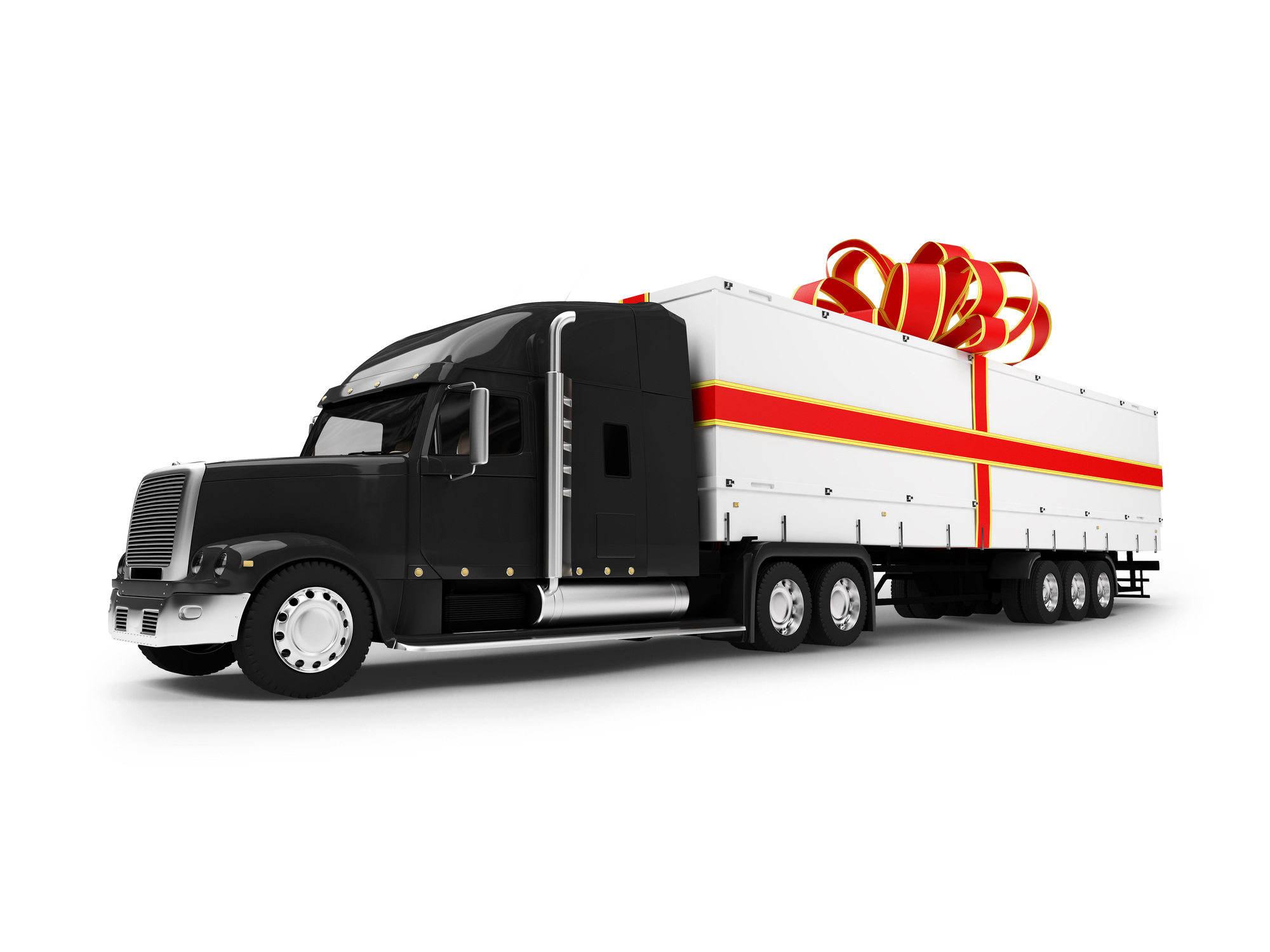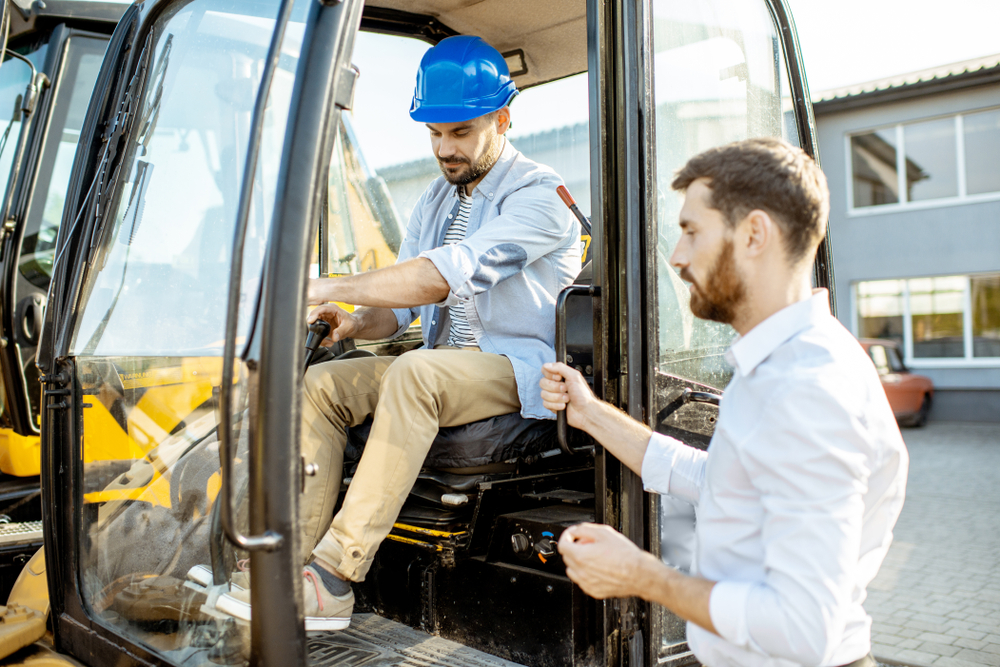In a work environment where the regular handling of heavy materials is essential, having the right equipment is fundamental to...
In a work environment where the regular handling of heavy materials is essential, having the right equipment is fundamental to efficiently manage the lifting and transportation of those products. The appropriate equipment ensures the safety of workers and optimizes processes.
If you are a business owner who needs a warehouse lift and are looking for guidance on where to start, this article can help with the research process, specific applications of certain warehouse lifts, and financing options.
Research and Considerations
When you understand your needs and research thoroughly, you can simplify the process of acquiring warehouse lift equipment. Consider your operational requirements and relevant specifications to align with your goals. Below is a checklist of considerations:
- Maximum height you need to reach
- Greatest horizontal reach you will need
- Does the equipment come with a warranty?
- Maximum and ideal weight capacity of warehouse lift
- If you will need additional transportation of the lift
- Size limit to keep in mind for maneuverability in the workspace
- Do you want to buy new or used equipment?
- If buying used, are there any documents on maintenance activity?
Once you know these answers, you will be better positioned to select the right equipment for your specific needs.
Types of Warehouse Lifts
Each type of lift fulfills certain tasks and has various performance capabilities. To be efficient, you need to match your needs to the capabilities of the machine you purchase. Here are some commonly used warehouse lifts and applications that make them most effective:
Articulated Boom Lifts
Articulated boom lifts are elevated platforms with multiple boom sections that hinge, or "articulate.” This allows the operator to easily reach high work areas. Since they have multiple hinged sections, this allows them a lot of flexibility and maneuverability.
Forklifts
Forklifts are great for moving things horizontally and vertically in warehouses. Used mainly for handling materials and transporting pallets forklifts have various attachments, allowing them to adapt to different tasks.
Scissor Lifts
Recognized for their vertical versatility, scissor lifts are stable and have a spacious platform. This makes them safe and efficient for maintenance, installation work, and operations at high heights.
Telescopic Lifts
Telescopic lifts have a straight, extending boom that raises vertically thanks to the telescopic design. These do not have as many hinge points as articulated lifts. If you only need to reach high, straight spots with efficiency, a telescopic lift would be a great choice. These lifts typically offer better stability than articulated boom lifts.
A wide range of items are necessary for efficient warehouse operations. A few common warehouse equipment accessories include jib boom extensions, pallet jacks, hand trucks, and dollies.
Lifts and accessories work hand-in-hand to create a well-rounded and efficient material handling system. If these accessories are attached to a bigger piece of equipment upon purchase, then they can be used as potential collateral for financing.
Safety
When working in a warehouse, it's important to follow appropriate safety procedures and wear appropriate safety gear.
This includes:
Training – The key to any safe work environment is to understand how the equipment works. If there are crew members who haven’t used a lift or need a refresher, make sure to educate your team to help avoid accidents. Some states and some equipment require special certifications. Ensure that your company follows any and all training and certification requirements before employees operate the machinery.
Helmets and Goggles – Some lifts are equipped with a protective enclosure. In cases where a lift enclosure has slits or openings, wear a helmet to reduce the risk of injury from small objects falling through and dropping from an extensive height. Additionally, it is prudent to wear goggles, particularly when replacing a propane tank on any of these lifts, to safeguard against potential nozzle spray.
Equipment Inspections- Like any piece of heavy machinery, regular maintenance checks help avoid equipment malfunctions, proactively identify safety risks, and even extend the lifespan of a lift.
Rent or Buy Warehouse Equipment
The choice to rent, lease, or buy depends on your finances, equipment availability, and your future goals. There are benefits and disadvantages to consider for each option.
Rent: Renting could be the best fit if you only need a lift for a specific job or only need it for a short time. While renting entails ss commitment, it could prove more expensive in the long run.
Buy: Equipment purchases can offer substantial advantages, including tax benefits, and the opportunity to build equity. Warehouse and material lifting equipment prove to be exceptional collateral because of their extended lifespan, providing long-term benefits and strategic investments
Your financing partner or equipment dealer can help you determine which acquisition option is best for your business.
Financing Your Material Handling Equipment
Keystone Equipment Finance Corp. specializes in providing financing solutions for specific types of equipment, including warehouse lifts. Our team is committed to helping you find tailored financial solutions that align with your specific needs.





